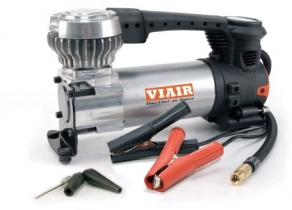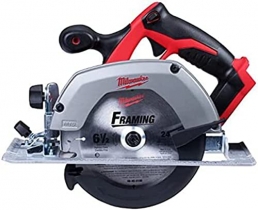-
Welcome to Tacoma World!
You are currently viewing as a guest! To get full-access, you need to register for a FREE account.
As a registered member, you’ll be able to:- Participate in all Tacoma discussion topics
- Communicate privately with other Tacoma owners from around the world
- Post your own photos in our Members Gallery
- Access all special features of the site
fuel pressure regulator on 3RZ; how does it work
Discussion in 'Technical Chat' started by excel8951, May 6, 2014.


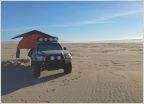 Voltage sensing wire relocation
Voltage sensing wire relocation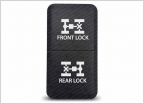 Relay for locker solenoid?
Relay for locker solenoid?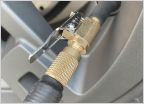 Viair 88p Hardwired
Viair 88p Hardwired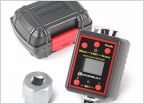 Torque Wrench
Torque Wrench







